Search
Remove Ads
Advertisement
Summary 
Loading AI-generated summary based on World History Encyclopedia articles ...
Search Results
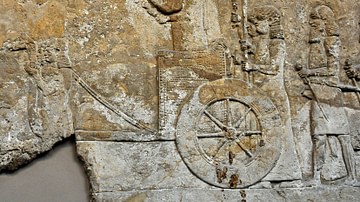
Definition
Sennacherib
Sennacherib (r. 705-681 BCE) was the second king of the Sargonid Dynasty of Assyria (founded by his father Sargon II, r. 722-705 BCE). He is one of the most famous Assyrian kings owing to the part he plays in narratives in the biblical Old...
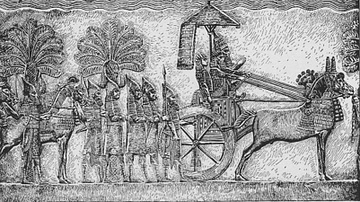
Image
Sennacherib
Sennacherib of Assyria (reigned 704 – 681 BC) during his Babylonian war, relief from his palace in Nineveh.
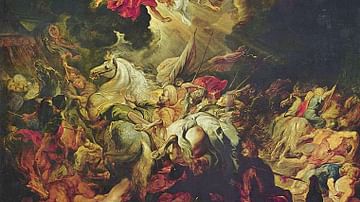
Article
The Mutual Destruction of Sennacherib & Babylon
The reign of Assyrian king Sennacherib (705-681 BCE) was chiefly characterized by his difficulties with Babylon. Throughout the history of the Assyrian Empire, Babylon had caused problems and had even been destroyed by the Assyrian king Tukulti-Ninurta...
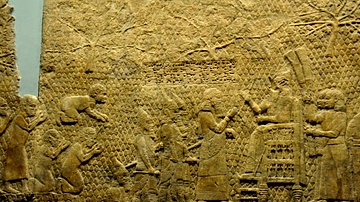
Image
Sennacherib and the Fall of Lachish
This wall relief depicts the Assyrian king Sennacherib after the fall of Lachish (Lakhisha), the second largest city in Judah Kingdom. The king sits on a marvelous throne and watches prisoners. He also greets an Assyrian official who appears...
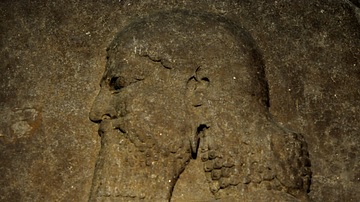
Image
Sennacherib as a Crown Prince
Detail of a gypsum wall relief showing an Assyrian Official wearing a diadem, possibly Sennacherib, the crown prince, who faces Sargon II, his father (not shown here). Neo-Assyrian Period, 710-705 BCE. From the palace of Sargon II at Khorsabad...
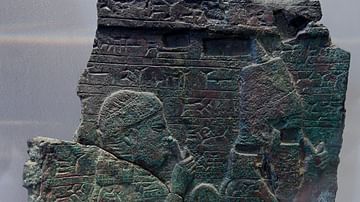
Definition
Zakutu
Zakutu (l. c. 728 - c. 668 BCE) was the Akkadian name of Naqi’a, a secondary wife of Sennacherib of Assyria (r. 705-681 BCE). Though she was not Sennacherib's queen, she bore him a son, Esarhaddon, who would succeed him. She may have ruled...
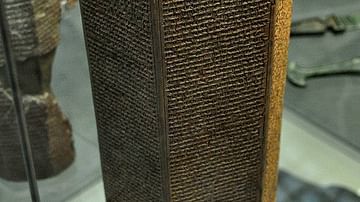
Image
The Taylor Prism of King Sennacherib, Nineveh
This prism records the first eight campaigns of the Assyrian King Sennacherib (704-681 BCE). This six-sided baked clay document (or prism) was discovered at the Assyrian capital Nineveh, in an area known today as Nebi Yunus. It was acquired...
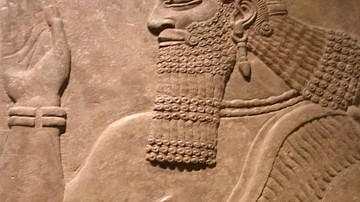
Definition
Neo-Assyrian Empire
The Neo-Assyrian Empire (912-612 BCE) was the final stage of the Assyrian Empire, stretching throughout Mesopotamia, the Levant, Egypt, Anatolia, and into parts of Persia and Arabia. Beginning with the reign of Adad Nirari II (912-891 BCE...
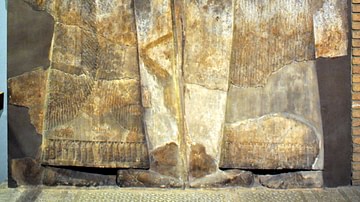
Image
Sargon II and Sennacherib
Gypsum wall relief depicting the Assyrian king Sargon II, who holds a long staff, greets a high official (who still holds a sword at his side), in very close proximity, almost touching him. This official is probably his son, Sennacherib...
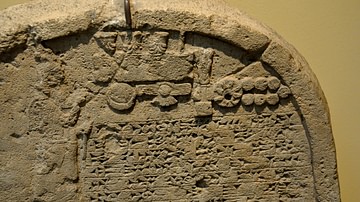
Image
Stele of King Sennacherib, a Close-up View
Limestone stele depicting Sennacherib praying in front of divine symbols and gods and recording the king's achievements and expansion of his royal capital, Nineveh. From Nineveh, Mesopotamia, modern-day northern Iraq. Neo-Assyrian Empire...